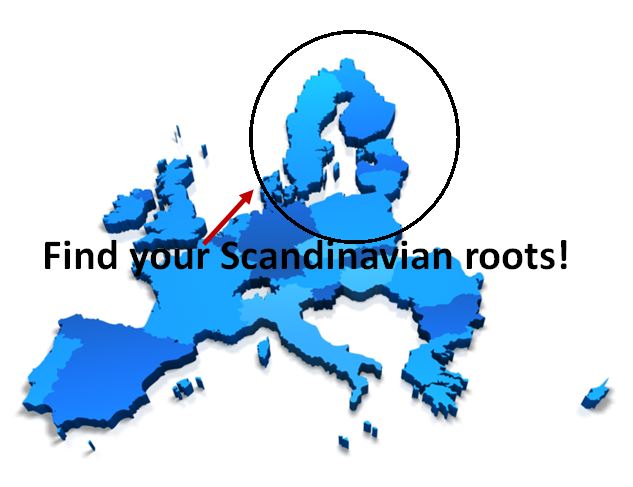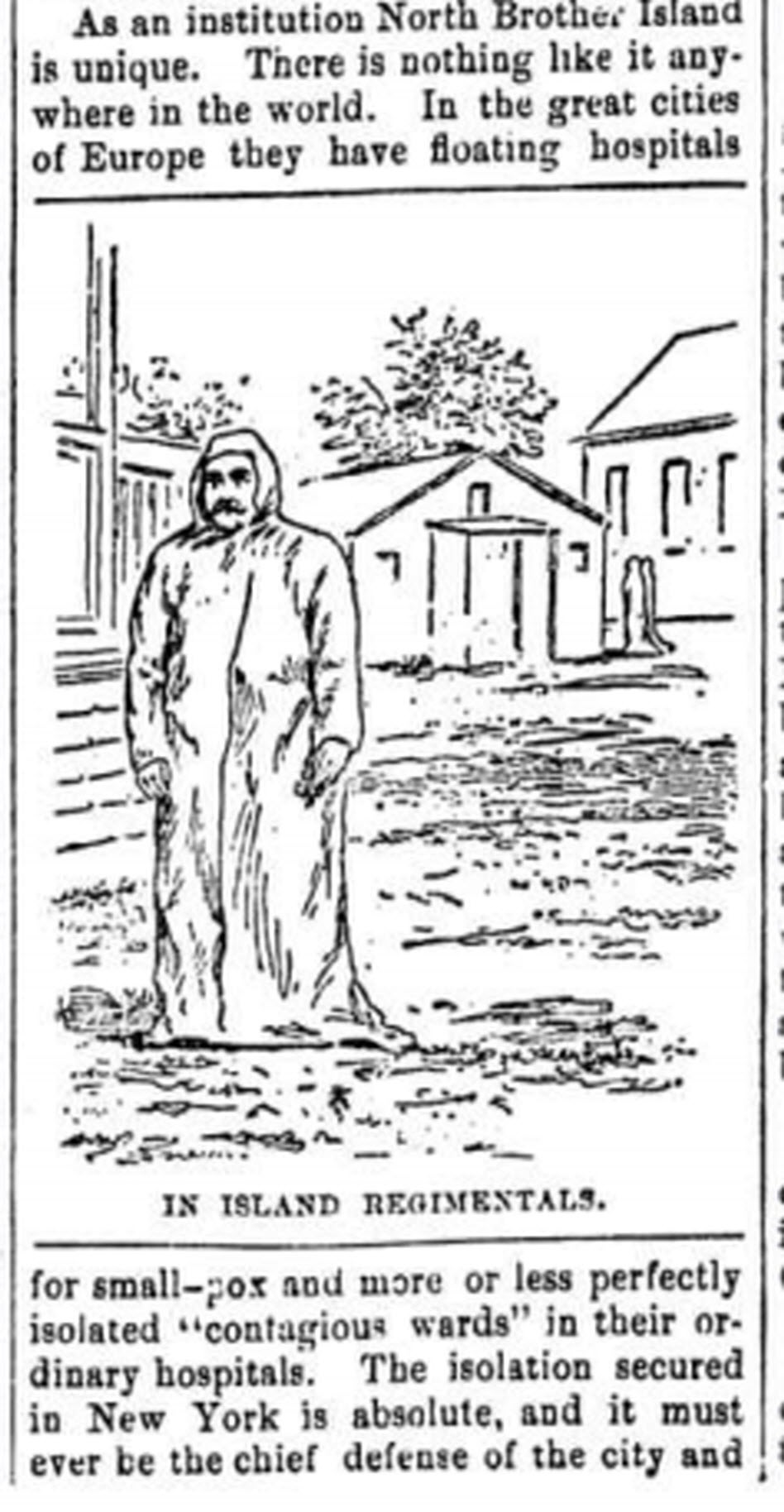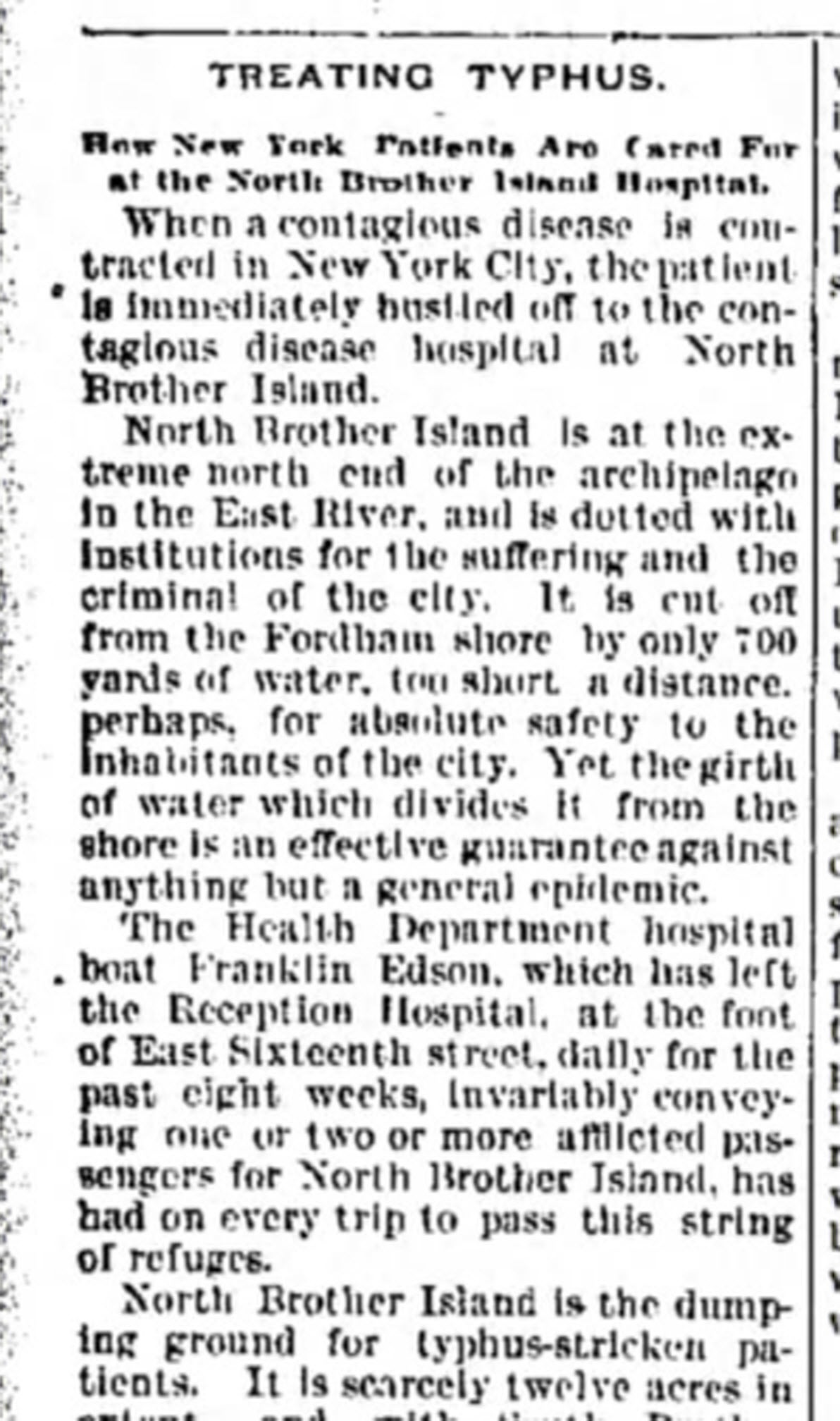by Lisa Cooke | Jun 4, 2015 | 01 What's New, Family Reunions, Google, History, images, Newspaper, Technology, United States, Video
 It’s common to hear of long-lost relatives who rediscover each other online or through DNA tests. But nearly 100 years ago, another new technology–the radio–united a pair of long-lost siblings 40 years after one ran away.
It’s common to hear of long-lost relatives who rediscover each other online or through DNA tests. But nearly 100 years ago, another new technology–the radio–united a pair of long-lost siblings 40 years after one ran away.
This newspaper article reports that Alonso Jones’ children were sitting around one day in 1926 listening to the radio. Then they heard the announcer say, “Alonso Jones, wherever you are, listen…Your sister wants to see you at Worthington, Ohio. She has not seen or heard from you in forty years. You were born at Antiquity, Meigs County, Ohio, at the time of the Civil War….”
“You were reared by Captain William Roberts, an Ohio River flat boat man. You went with him on a produce boat when you were a boy and ran away while the boat was lying at the bank in Arkansas.” The article reports that the man telegraphed his sister and arranged to meet her. What a great story! And what a great family history find for anyone researching Alonso Jones or his sister, Mrs. Robert Eakin, or his guardian, William Roberts!

Salt Lake Tribune, January 1, 1926, p. 1. Digitized at Ancestry.com.
This article illustrates two fantastic tips for newspaper searching.
FIRST, I originally found this article in the Salt Lake Tribune, digitized at Ancestry. I was struck because the story was about people from Ohio and Arkansas–not Salt Lake. As we still see today, local news stories of the past were often reported in other cities. When searching digitized newspapers, don’t automatically discount search results that otherwise seem right but appear in out-of-town papers.
SECOND, curious about this story, I used Lisa’s search strategies from her book, The Genealogist’s Google Toolbox to search for more information about the people mentioned in the article. I got a hit on a possible match for the riverboat caption. I also found that the Google News Archive had this same article in The Evening Independent in St. Petersburg, Florida (shown above). The copy above is much clearer to read and slightly different. For these reasons, it can sometimes be worth looking for duplicates of news articles and/or obituaries for your relatives.
 Want to learn more? Genealogy Gems Premium members can also listen to Premium podcast episodes GGP 36 and 3GGP 37 about newspaper searching (Lisa talks about Google News Archive in episode 37). Or get the ultimate scoop in How to Find Your Family History in Newspapers! It’s packed with inspiring family history finds in the newspaper and all the tools you need (online and offline) for finding your own.
Want to learn more? Genealogy Gems Premium members can also listen to Premium podcast episodes GGP 36 and 3GGP 37 about newspaper searching (Lisa talks about Google News Archive in episode 37). Or get the ultimate scoop in How to Find Your Family History in Newspapers! It’s packed with inspiring family history finds in the newspaper and all the tools you need (online and offline) for finding your own.
by Lisa Cooke | Feb 28, 2015 | 01 What's New, Census, images, MyHeritage, Norwegian, Records & databases

If you have roots in Denmark or Sweden then you’ll be excited about the email I got recently about Scandinavian genealogy records. Here’s the news from Daniel Horowitz, the Chief Genealogist Officer at MyHeritage.com:
“I’m delighted to let you know that we’ve just brought online millions of Scandinavian records–the majority of which have never been digitized or indexed online before.
The entire 1930 Danish census (3.5 million records) is now available online. This is thanks to our partnership with the National Archives of Denmark to index and digitize over 120 million records, including all available Danish census records from 1787-1930 and parish records from 1646-1915, all of which will be released during 2015 and 2016.
We’ve also added the Swedish Household Examination Rolls from 1880-1920, which includes 54 million records with 5 million color images, of which 22 million records are already available online. The remaining records are scheduled to go online before the end of June 2015.”
MyHeritage is a sponsor of the free Genealogy Gems podcast. One reason I’ve partnered with them is that our audiences are both so international. My podcast reaches the entire English-speaking world. MyHeritage is known for its international reach into genealogical records and trees throughout Europe, the Middle East and beyond. Click here to learn what else I love about MyHeritage.
Would you like to get more out of your MyHeritage subscription? Get our digital download quick reference guide to MyHeritage.
Disclosure: This article contains affiliate links and Genealogy Gems will be compensated if you make a purchase after clicking on these links (at no additional cost to you). Thank you for supporting Genealogy Gems!
by Diahan Southard | Oct 26, 2014 | 01 What's New, Google Earth, History, Maps
When Liberian national Thomas Eric Duncan was diagnosed with Ebola it was unnerving for everyone here in the U.S. As a new Dallas area resident, and someone who was hopping from plane to plane for a Fall series of speaking engagements, it definitely gave me pause.

The Abbeville press and banner., October 12, 1892, Image 6/ www.chroniclingamerica.com
Epidemics, quarantines, and communities trying to protect citizens have been age old dilemmas, so it makes sense to look back through history at the strategies employed. There is much to be learned.
If we ask the question “what would have happened if Ebola had struck the U.S. 130 years ago?” we don’t have to look much farther than the location of one of the most recent Ebola patient: New York.

from the Humboldt Republican (Humboldt, Iowa) March 31, 1892
Courtesy www.Newspapers.com
In New York’s East River, tucked between the Bronx and Rikers Island lies North Brother Island, where in 1885 Riverside Hospital was relocated from Blackwell’s Island to isolate and treat small pox patients. From there it expanded to include the quarantine of other diseases.
North Brother Island stands idle today, closed to the public. However from 1907-1910 and 1915-1938 it housed the notorious Typhoid Mary, closing shortly after her death.
Although today the island is closed to the public, anyone can visit virtually with the aid of Google Earth. Join me on a 5+ minute tour of North Brother Island featuring the magazine and newspaper articles of the day, and written, audio and video tours of how it stands today a shell of what it once was. Click here to download and play my Google Earth Historic Tour KMZ file on your computer. It will be added to your “Places” panel in Google Earth under “Temporary Places.” Open the folder and click the “click to play the tour” icon. Be sure your speakers are on! And take time to click to watch the video and view the articles in the placemarks.
Don’t have Google Earth loaded yet? Download it free here.
If you would like to learn to create your own Google Earth family history tours watch this free video and then pick up your copies of Google Earth of Genealogy Volume I and Volume II.
by Lisa Cooke | May 5, 2015 | 01 What's New, Conferences
Major genealogy conferences like NGS and Jamboree can be both invigorating and overwhelming! It’s tough to catch all the classes I want by my favorite lecturers on the topics I need most. But at some point each day, I’m also done sitting in a boxy classroom for a little while.
We at Genealogy Gems suggest a proven “fix” for these problems: Outside the Box Sessions! We partner with favorite fellow exhibitors to schedule short live presentations on our hottest topics at our extra-large shared exhibit space. Those who attend any Outside the Box session can sign up to receive a free e-book of handouts from all the sessions.
From what you’re telling us, Outside the Box works for you! Bonnie wrote to us: “I attended several of your [Outside the Box] sessions, at least one from each of you and often more. They were terrific, at least as good and often better than conference sessions. And the e-book of session notes, with the myriad of internet links, is frosting on the cake. Thank you.”
A packed and lively schedule of Outside the Box sessions will run at the following upcoming events in the free exhibit hall:
National Genealogical Society conference (13-16 May)
Southern California’s Jamboree (5-7 June).
Click on the conference names above to see the full scoop on each, including classes on:
- Google searching,
- family reunion ideas,
- DNA,
- German research,
- Google Earth for genealogy,
- identifying and caring for old photos,
- Evernote for genealogy,
- using your iPad for family history
- and more!
Since the exhibit hall is free, this is a wonderful opportunity to stop by and see what genealogy conference are all about, and pick up some excellent free training sessions while you’re there!
by Lisa Cooke | May 12, 2015 | 01 What's New, British, History, Records & databases
Was your ancestor the lord of an English manor or, more likely, someone who lived and worked in the vicinity of one? Or are you a Downton Abbey fan who would just enjoy reading the old records kept by a grand manor? Then you should know about English manorial records...
 It’s common to hear of long-lost relatives who rediscover each other online or through DNA tests. But nearly 100 years ago, another new technology–the radio–united a pair of long-lost siblings 40 years after one ran away.
It’s common to hear of long-lost relatives who rediscover each other online or through DNA tests. But nearly 100 years ago, another new technology–the radio–united a pair of long-lost siblings 40 years after one ran away. Want to learn more? Genealogy Gems Premium members can also listen to Premium podcast episodes GGP 36 and 3GGP 37 about newspaper searching (Lisa talks about Google News Archive in episode 37). Or get the ultimate scoop in How to Find Your Family History in Newspapers! It’s packed with inspiring family history finds in the newspaper and all the tools you need (online and offline) for finding your own.
Want to learn more? Genealogy Gems Premium members can also listen to Premium podcast episodes GGP 36 and 3GGP 37 about newspaper searching (Lisa talks about Google News Archive in episode 37). Or get the ultimate scoop in How to Find Your Family History in Newspapers! It’s packed with inspiring family history finds in the newspaper and all the tools you need (online and offline) for finding your own.



